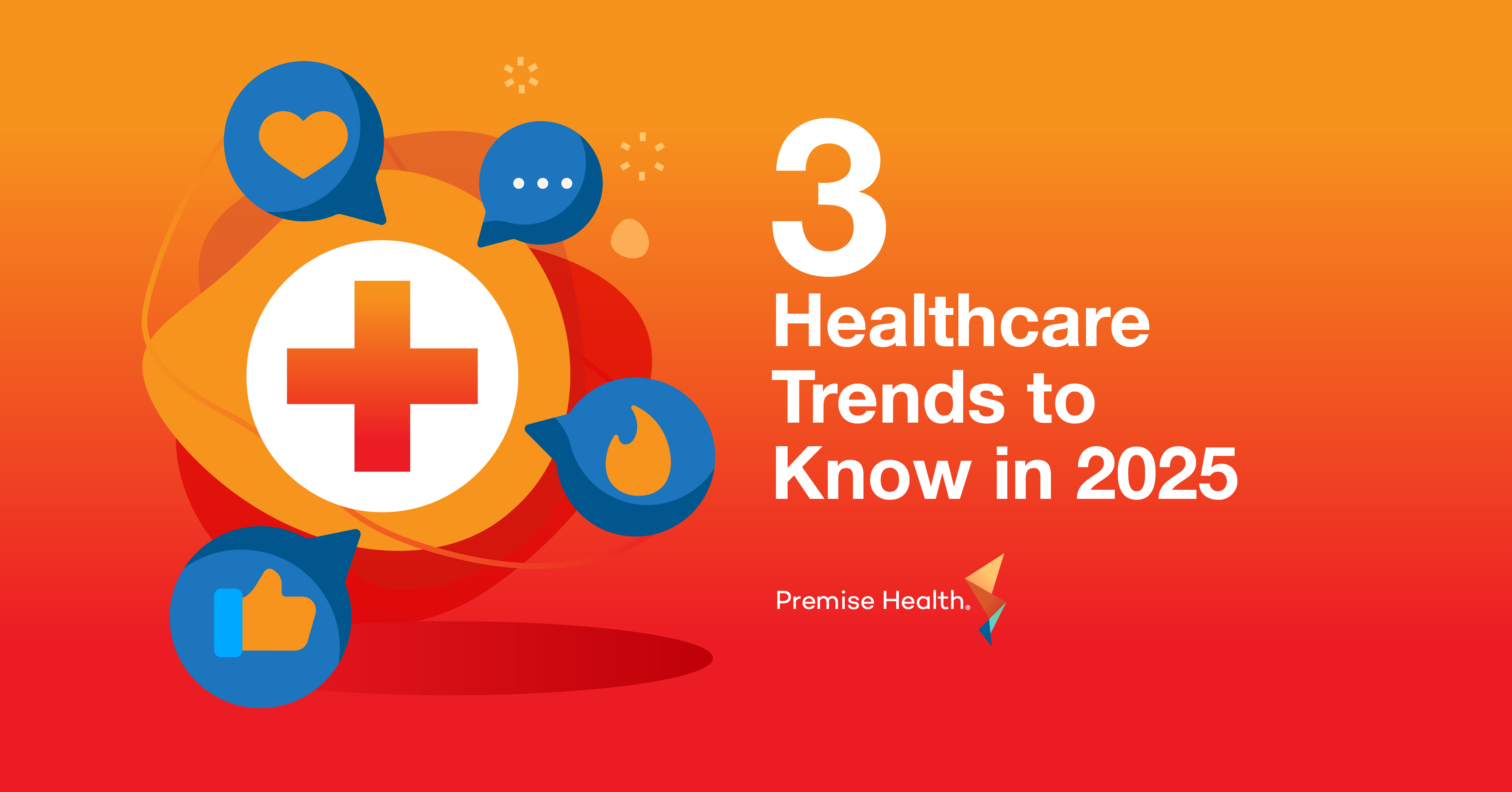A Year in Review: Premise Health Executives Reflect on Ongoing COVID-19 Pandemic
A lot can happen in 365 days, which was evident in the events that took place in 2020. From declaring a global health crisis and watching organizations quickly pivot to remain in business to learning to never leave home without a mask and witnessing the remarkable feat of multiple effective vaccines receiving Emergency Use Authorization to combat the coronavirus, there was no shortage of news over the past year.
Premise Health’s executive team learned a lot in 2020, so continue reading for part two of our COVID-19 year in review series with key takeaways from our leaders.
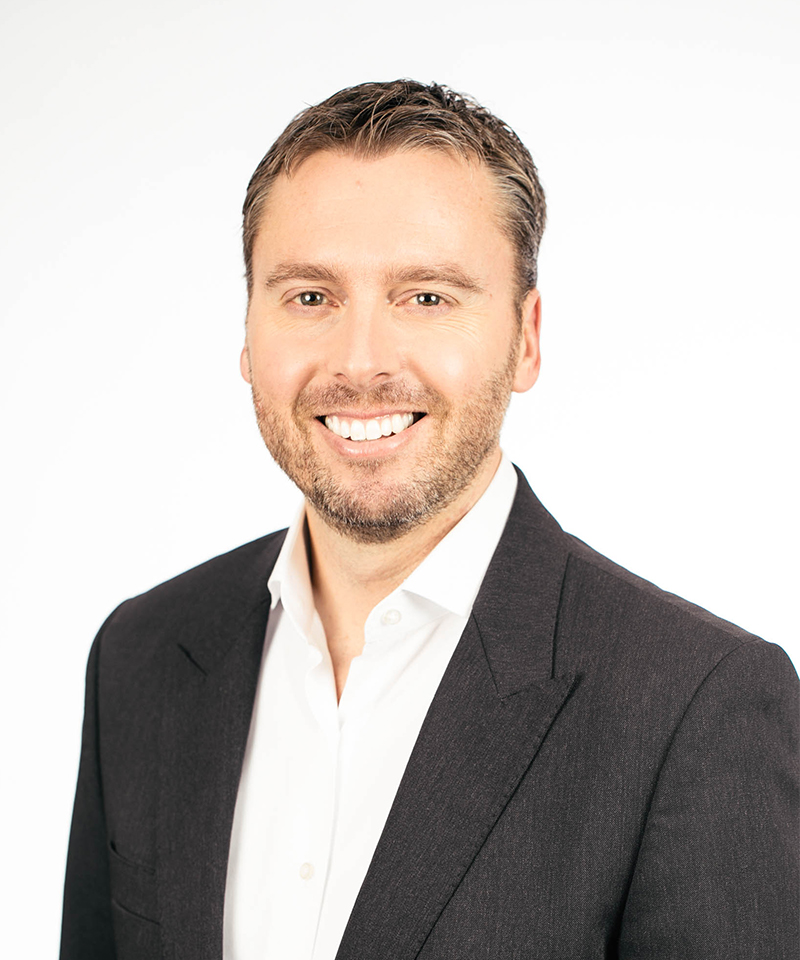
Jami Doucette, President, MD, MBA, CSCS
Like many companies, Premise was unsure about how its teams would be able to function in a work-from-home environment. As the weeks at home turned into months, Doucette was surprised to learn that more than he thought could be accomplished in a digital environment, although he found not everything translated as well.
“I’ve struggled with the true human side of things in regard to our teams and planning for the future,” he said. “On the team side, it’s more difficult to establish relationships, build trust, resolve conflicts, integrate new hires, and transition team members with empathy in this new, exclusively digital environment. Humans aren’t able to bond via the internet like they do in person.”
When working with his teams to collaborate and plan for the company’s future, he has found much of the same.
“It’s much more difficult to whiteboard and engage in interactive debates as we try to plan for what lies ahead for Premise. We create our strongest ideas when we can feed off each other’s energy during a strategy session, which can be challenging to accomplish from the other side of a computer screen,” he explained.
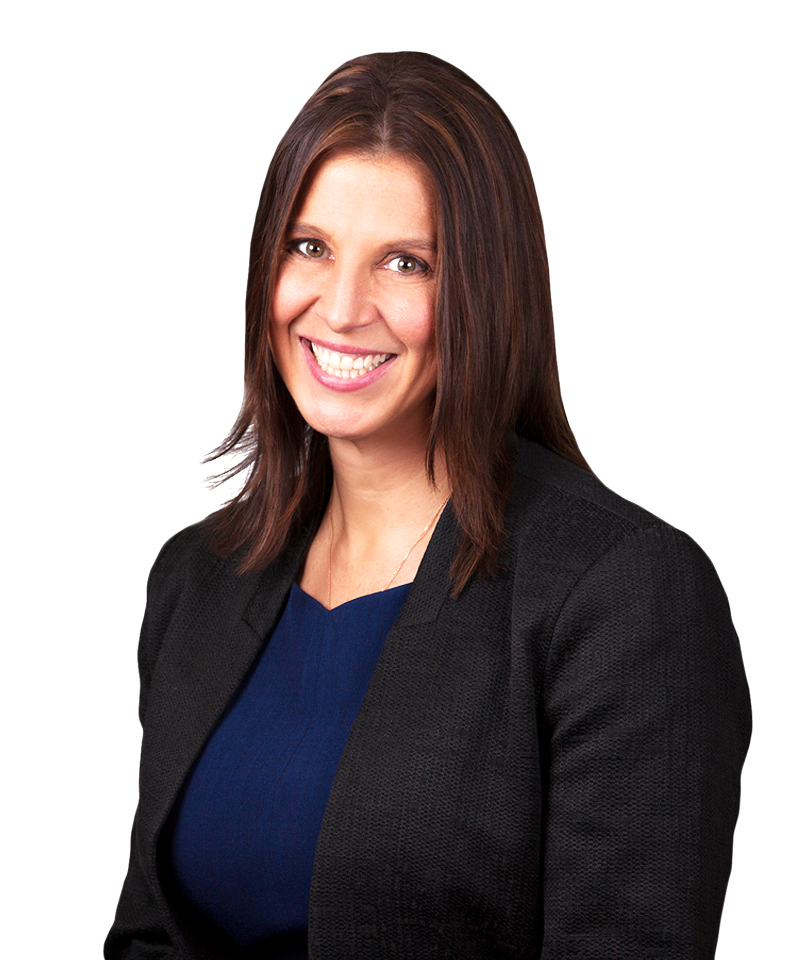
Beth Ratliff, Chief Operating Officer
As Premise operations teams worked diligently to be proactive during the pandemic, Ratliff learned the sheer size of Premise made a significant difference in how her team was able to continue to serve clients.
“Our size allowed us to quickly shift expert resources across the organization to form a dedicated emergency response team to ensure we had the most up-to-date information on a daily basis,” she said. “We leveraged our established vendor relationships to ensure we had adequate equipment, supplies, and resources for business continuity, while our national network of experts afforded us real-time access to best practices, allowing us to mitigate risk for our clients and members.”
As the emergency response team worked to keep up with shifting information and a rigorous news cycle, it became clear that quality and safety couldn’t be sacrificed for the sake of speed. Remaining focused on delivering evidenced-based best practices sometimes meant saying no to a client, but Ratliff learned it was in the best interest of everyone involved.
“The news cycle during the pandemic created demand for products and practices that at best were not clinically efficacious, and at worst could be harmful to our members,” she explained. “Our teams worked tirelessly to proactively evaluate emerging best practices and provide timely, detailed consultation to our clients. We always sought to find a safe and effective way to meet their goals without sacrificing quality.”
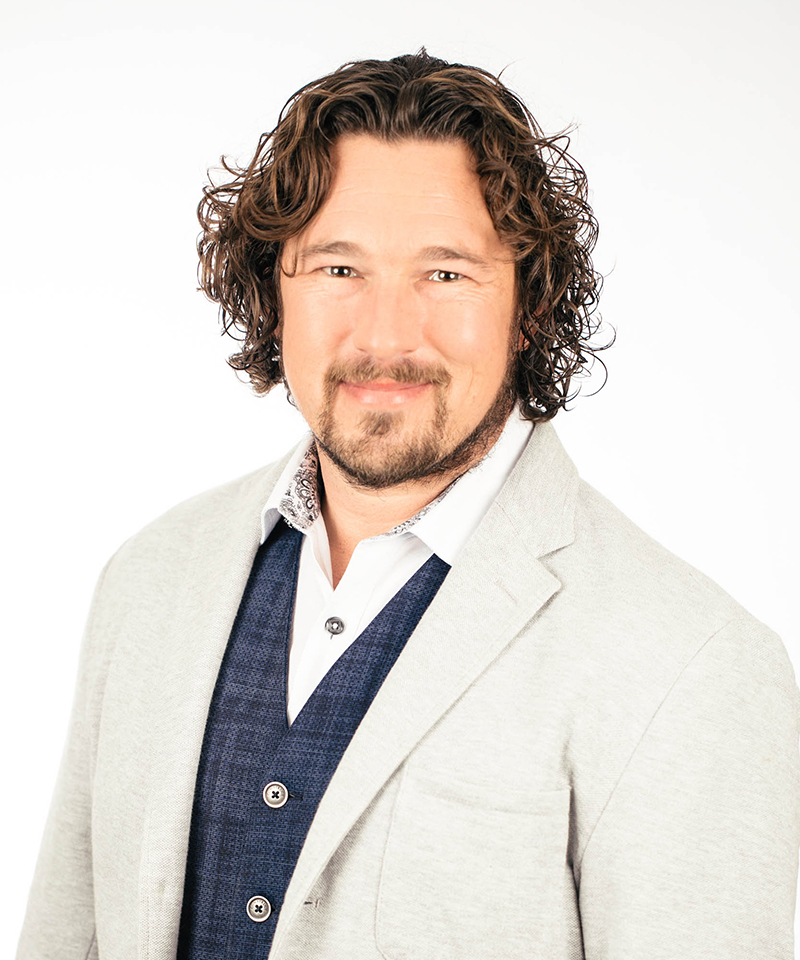
Joey Johnson, Chief Information Security Officer
For many Americans, turning on the news during the height of the pandemic took a toll on their mental health, creating feelings of stress and anxiety. Because of those feelings, Johnson noticed cybercriminals and phishing campaigns tried to take advantage of distracted consumers and were more prevalent than ever.
“In cybersecurity, when things get tough your adversary takes advantage. People were exhausted and frazzled, which meant their cybersecurity instincts were down,” he explained. “More people were clicking on phishing links and giving up corporate login credentials, which led to provider healthcare being targeted more aggressively than ever before, the largest global breach in history, and the most intense offensive phishing campaigns that I can remember.”
These concerns were only heightened as organizations started adopting new technology at a feverish pace to keep up with the challenges of having a remote workforce. Technology adoption has begun to outpace security teams’ ability to secure it, which means security professionals have been forced to learn quickly.
“2020 brought a massive influx of telehealth, wearable technologies, home connected devices, and remote monitoring solutions,” Johnson said. “For my teams, we have to rapidly become subject matter experts on every new technology that comes along if we have any hopes of knowing how to secure it because whether we’re able to or not, we’re ultimately held accountable for it.”
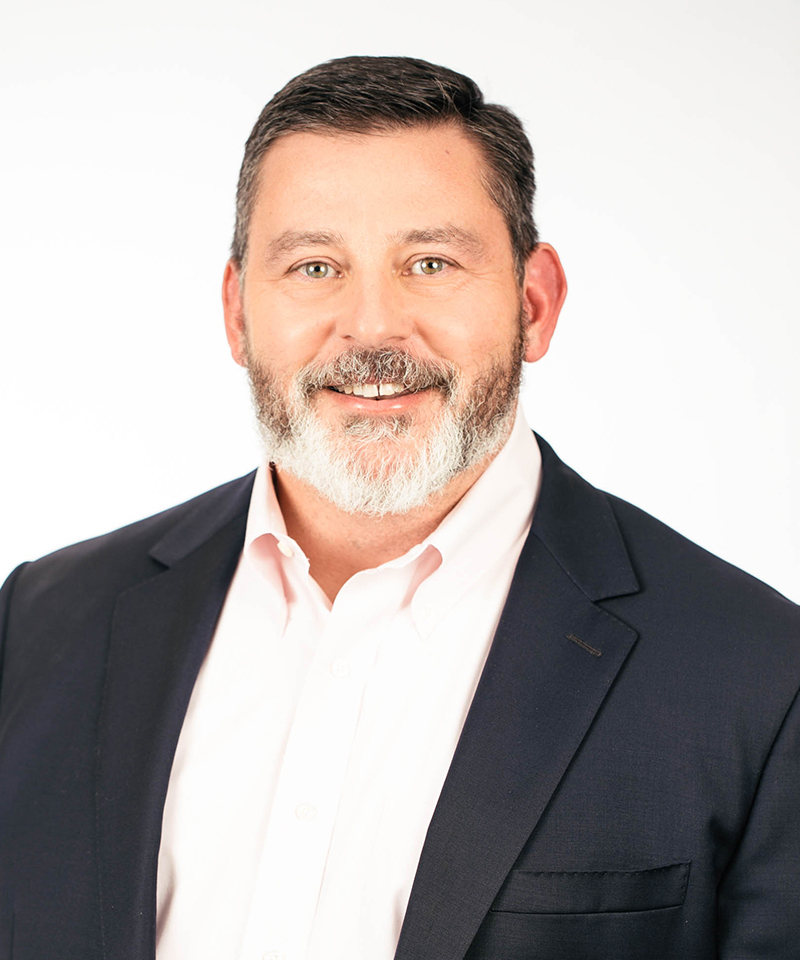
Haden McWhorter, Chief Information Officer
Executive leadership teams are most effective when they’re in close communication. As Premise corporate teams packed up their offices and began working from home last March, those lines of communication became smaller and smaller. McWhorter believes Premise was able to remain successful in 2020 thanks in part to his fellow leaders’ commitment to communication.
“We had daily meetings to discuss the last 24 hours in terms of our clients and team members in addition to identifying what was the most important task for that specific day. Those meetings could be extremely draining – it was like riding a roller coaster,” he shared. “One day you would hear bad news or risks that needed to be addressed, while the next day you might hear a client had decided to add our new COVID-19 products. During those meetings, we learned it was important to breathe and focus on what we were able to control.”
McWhorter is motivated by the light at the end of the tunnel our country is starting to see and is thankful for the learning experiences this past year has provided.
“2020 taught me to truly lean on those around me and prioritize my mental health while encouraging others to do the same. I’ve also found a great trust in the leadership and systems we have in place to guide us down the right path and help pull us through challenging times,” he said. “Who knows what the next year will bring us, but at least we know we can handle it!”
It was a challenging year, but Premise leaders are proud of how the organization came together to continue delivering high-quality experiences and care to our clients and members. Did you miss part one of our year in review series? Be sure to check out more insights from our leaders here.
Next on industry insights.

How to Futureproof Your Healthcare Benefits
Read the Blog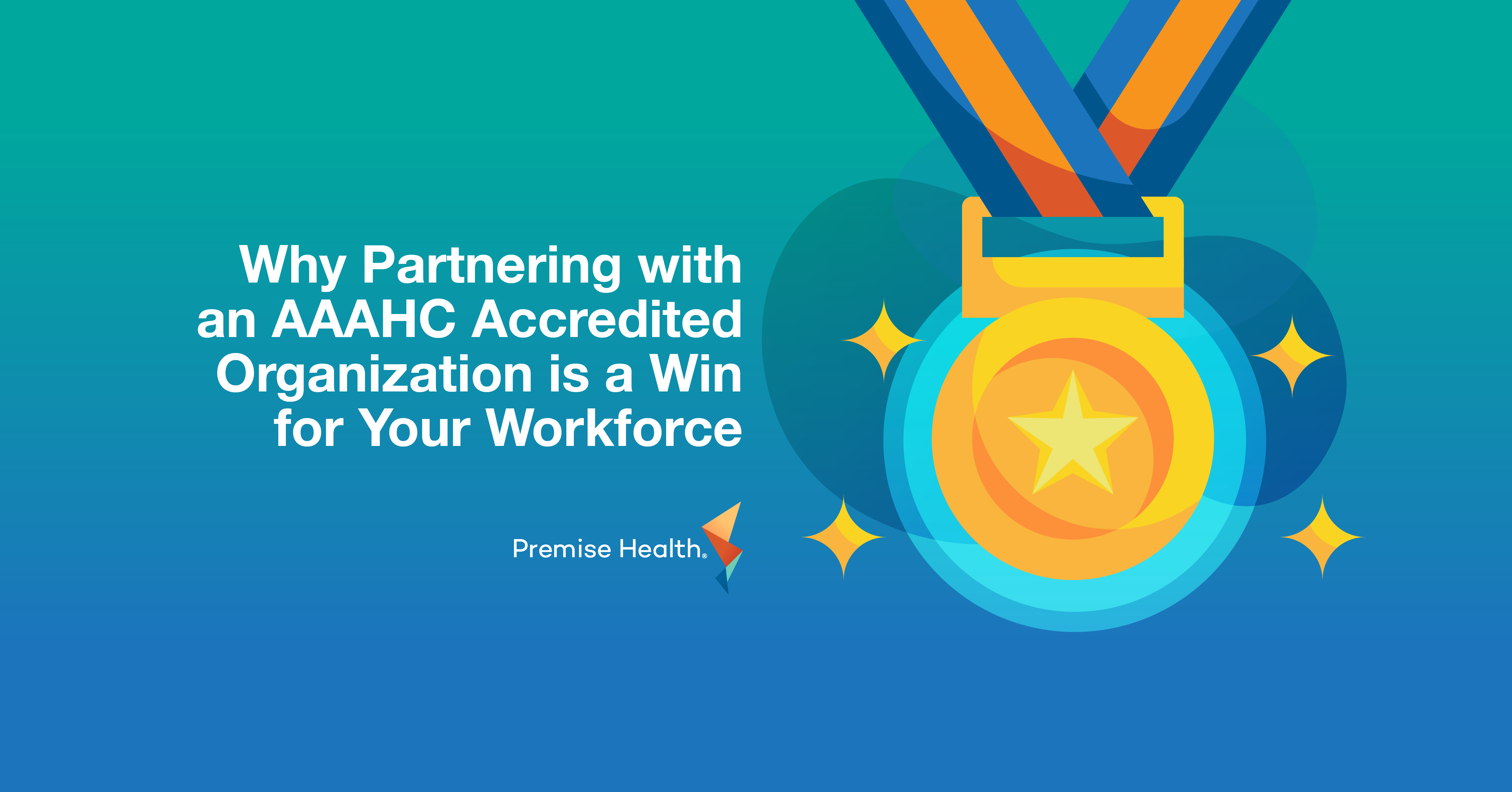
Why Partnering with an AAAHC Accredited Organization is a Win for Your Workforce
Read the Blog